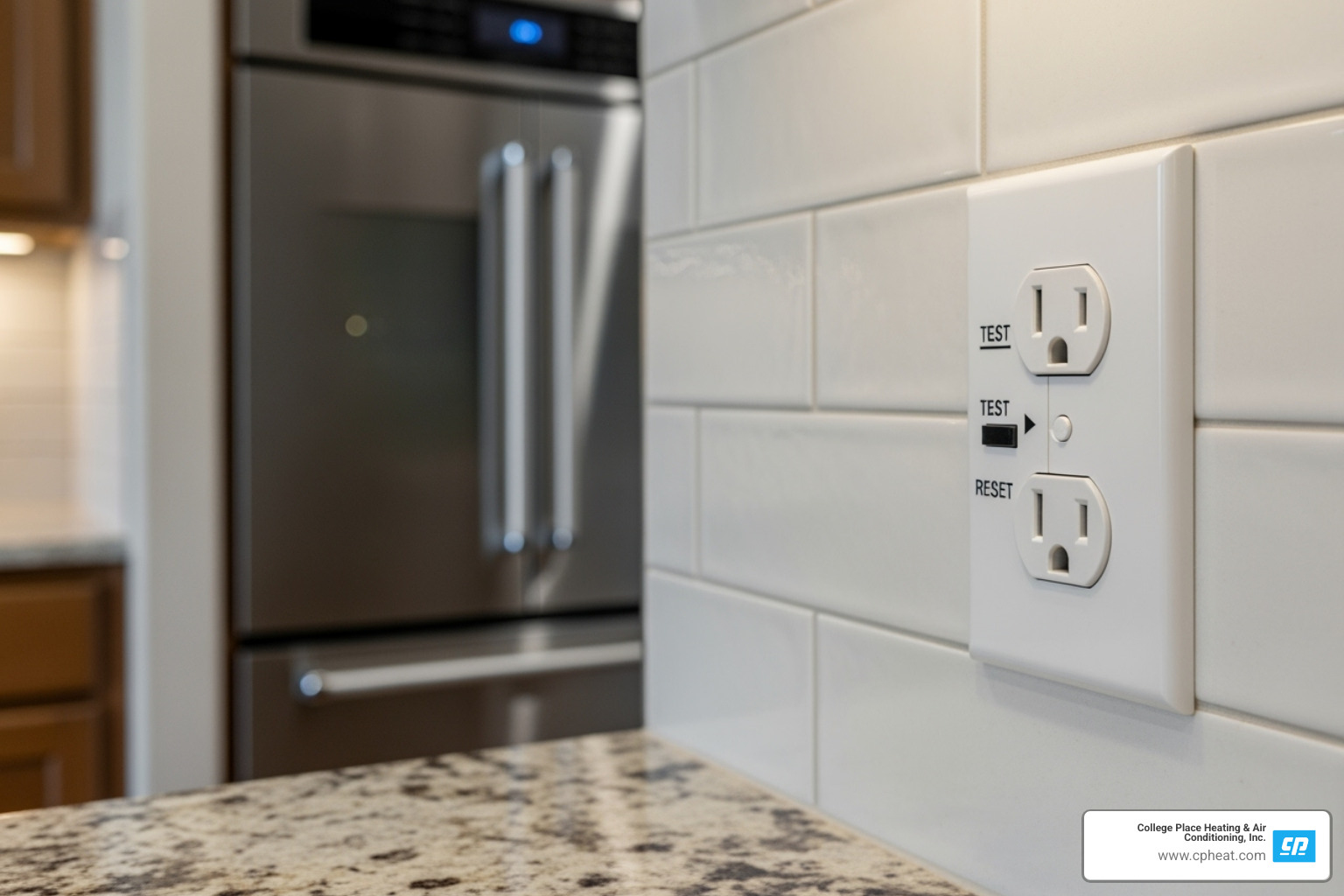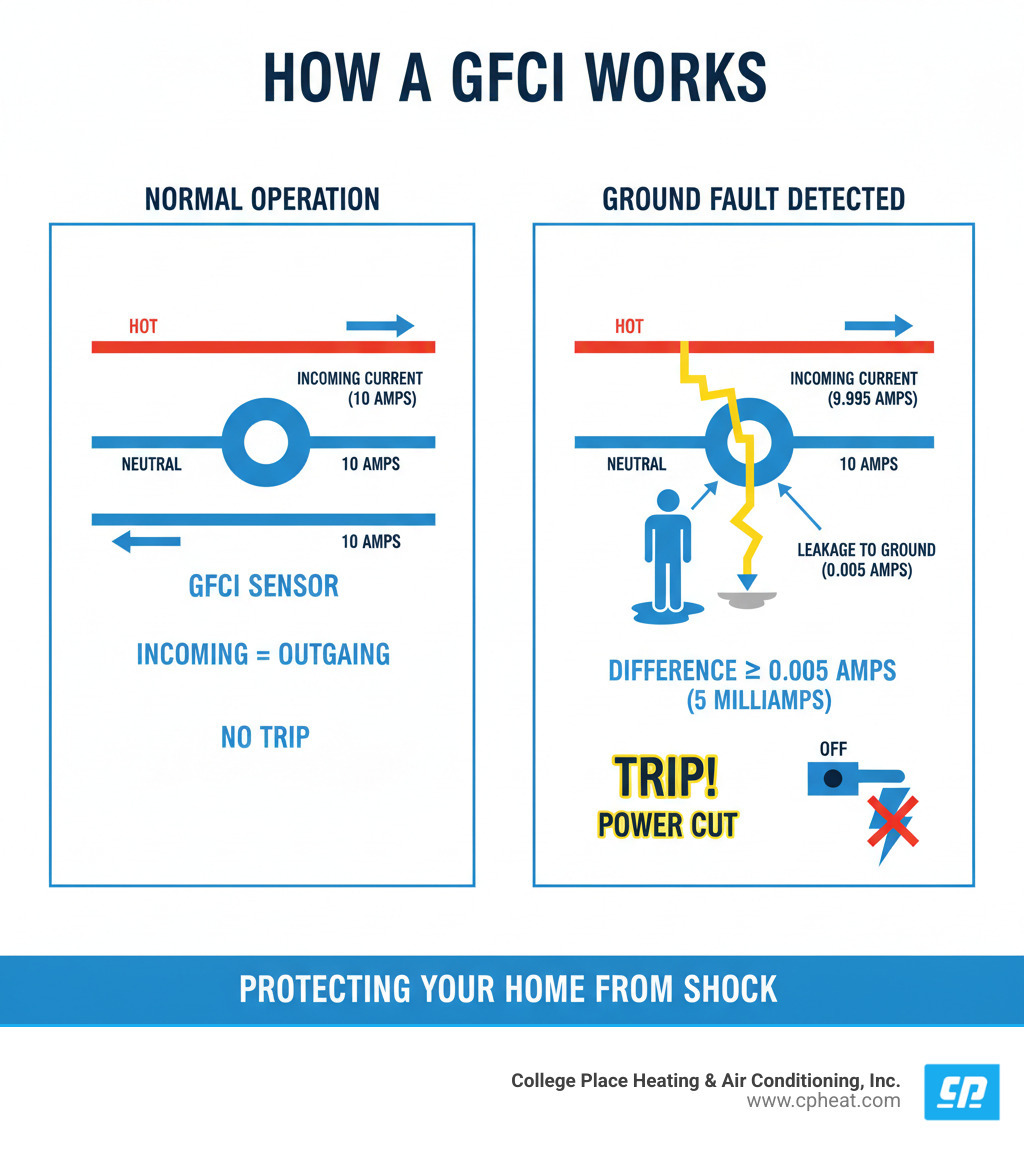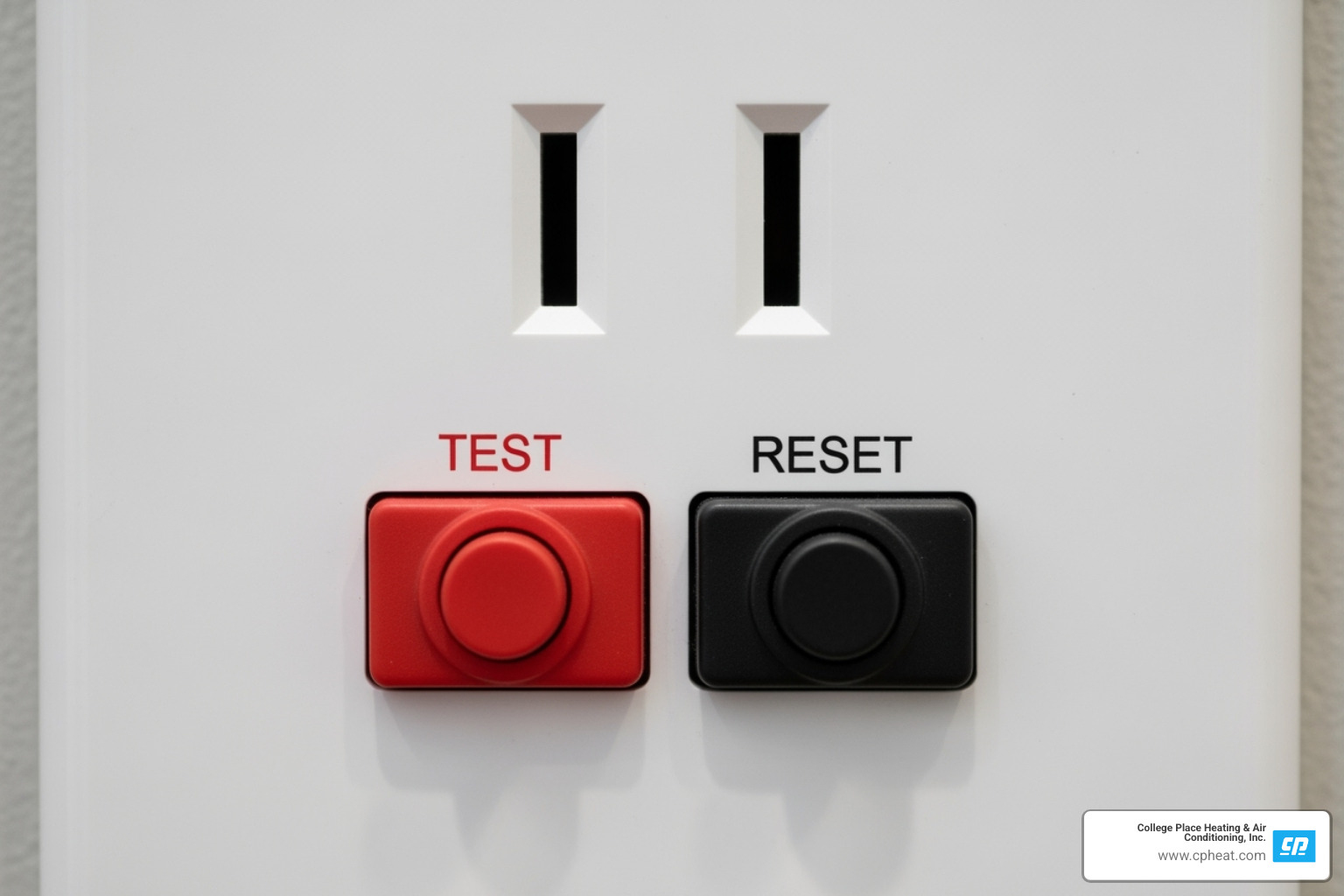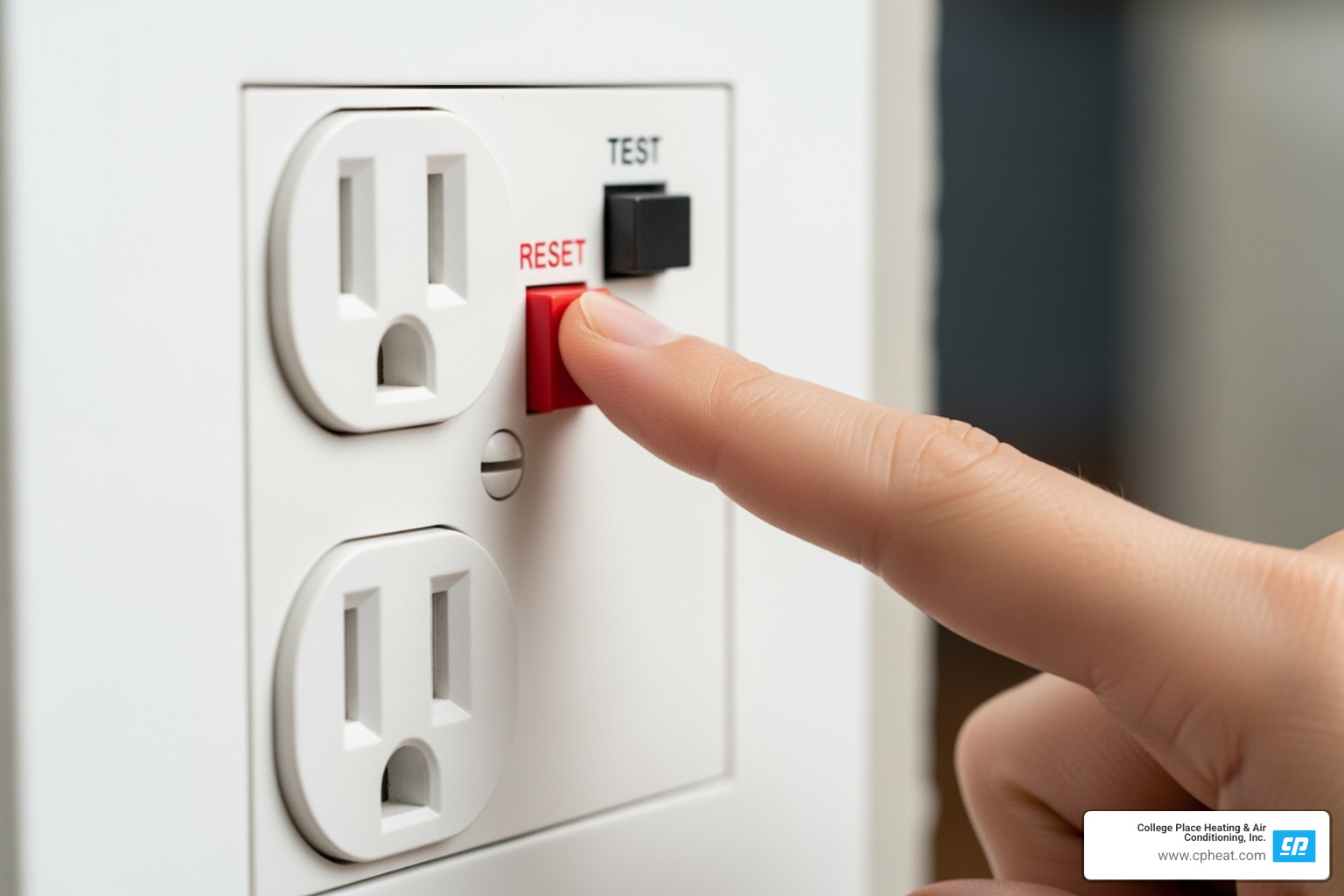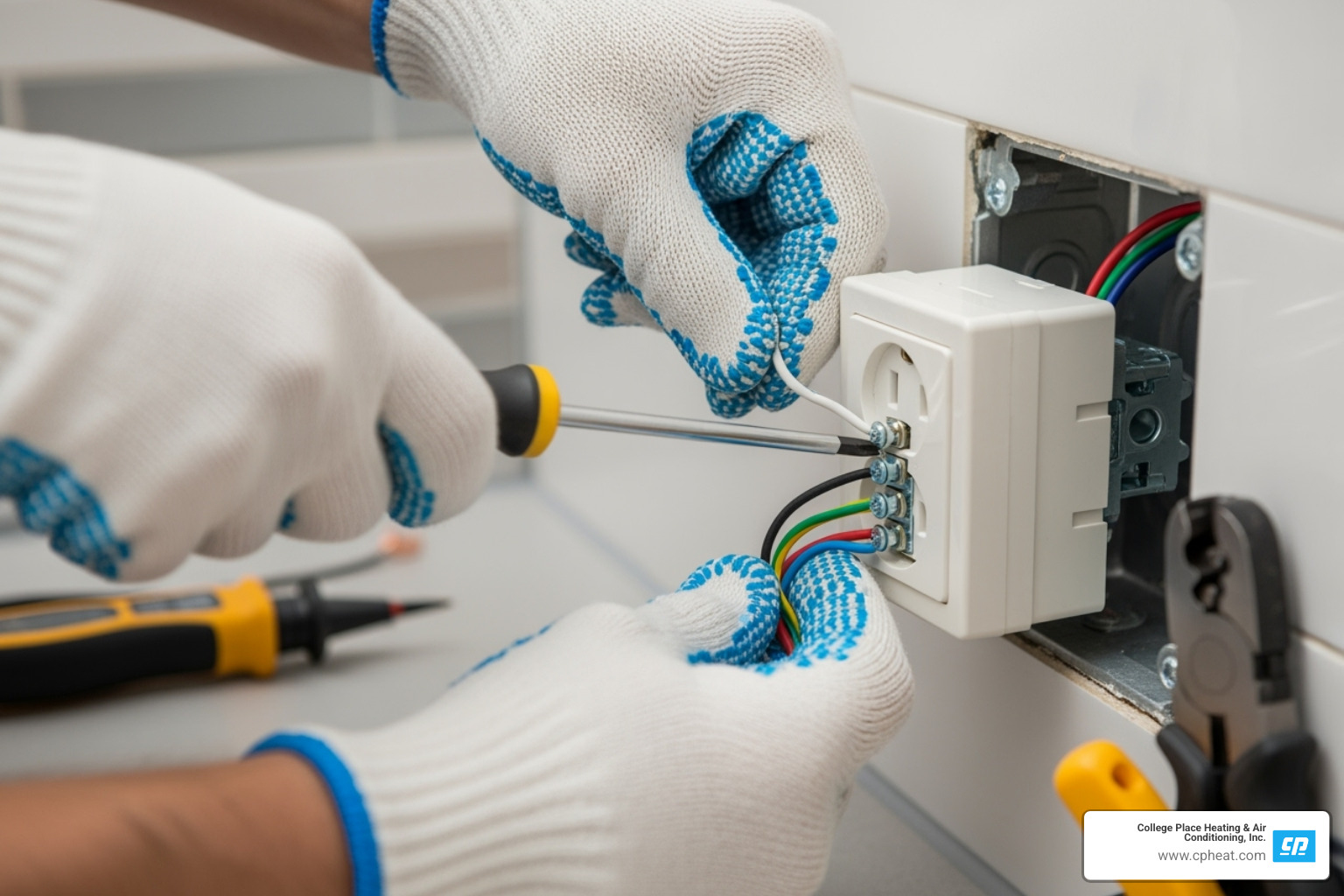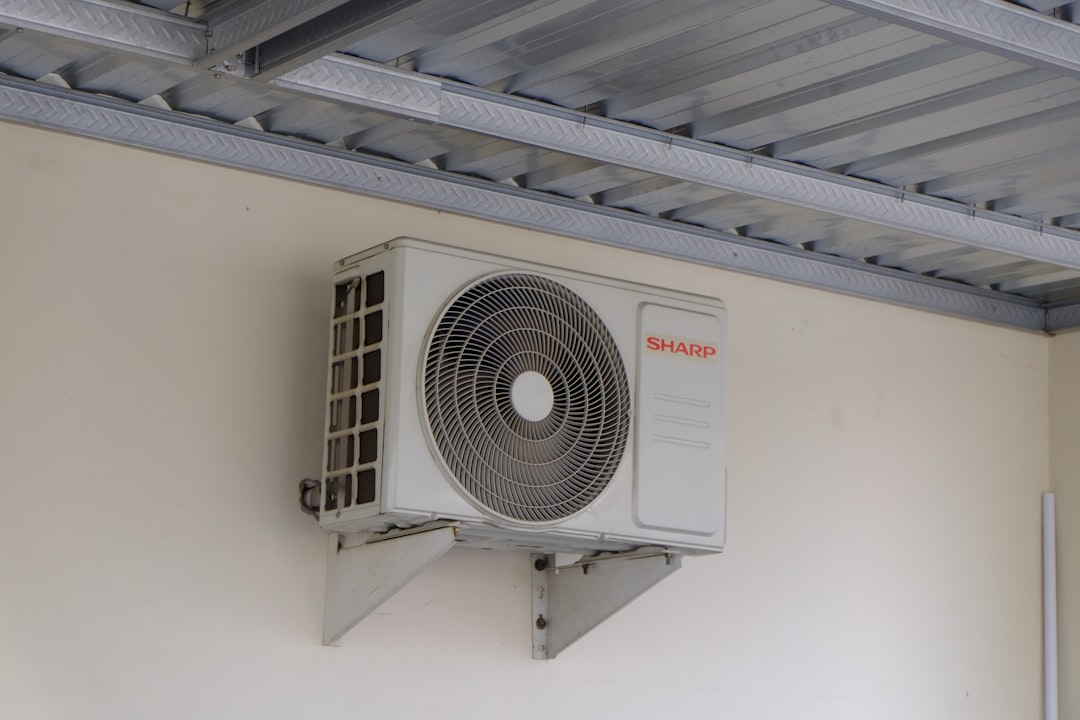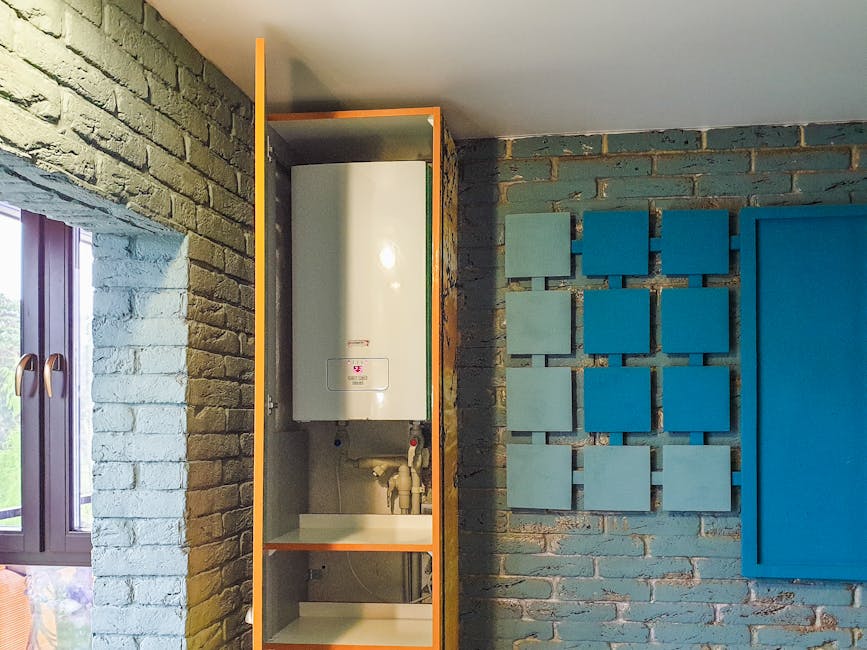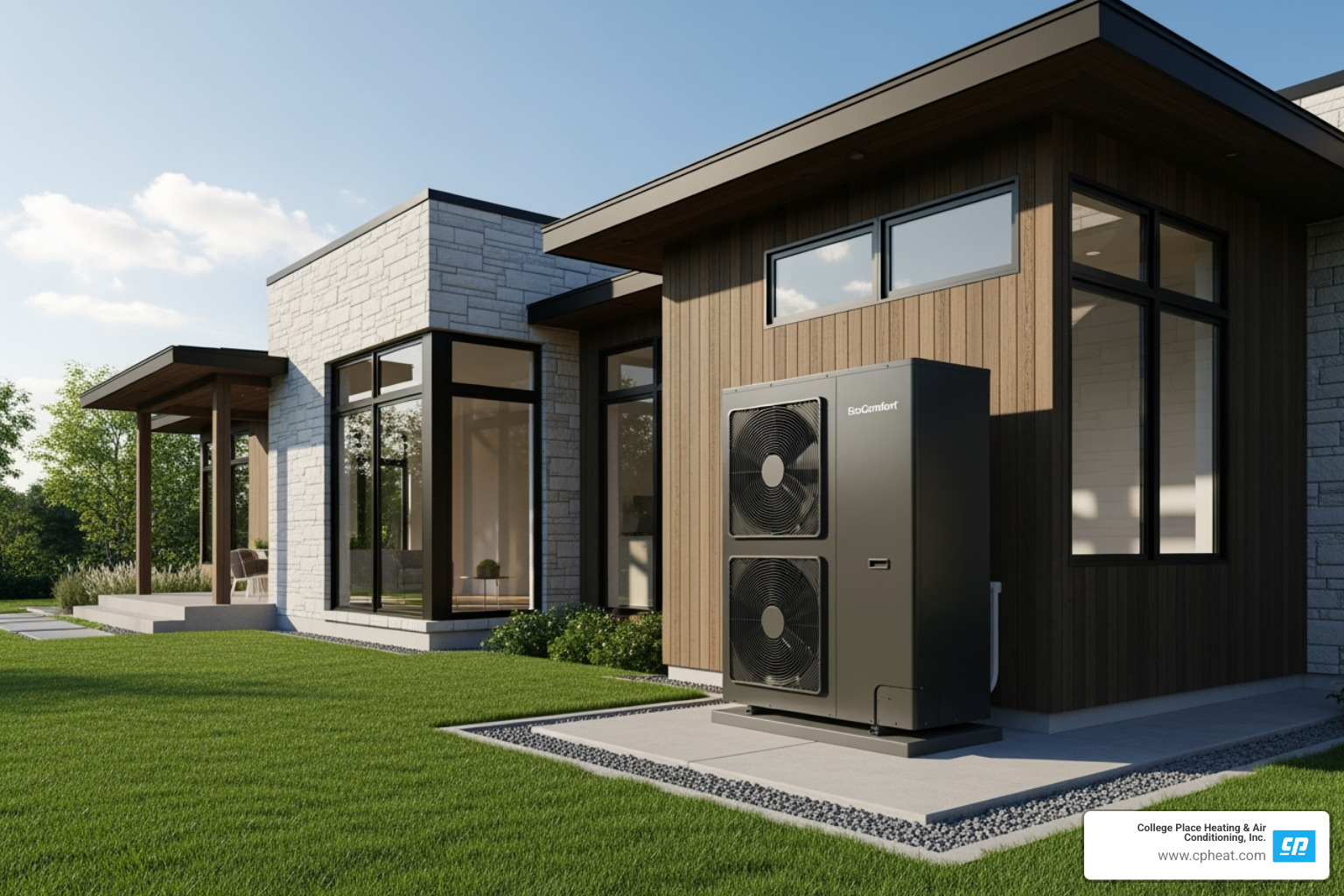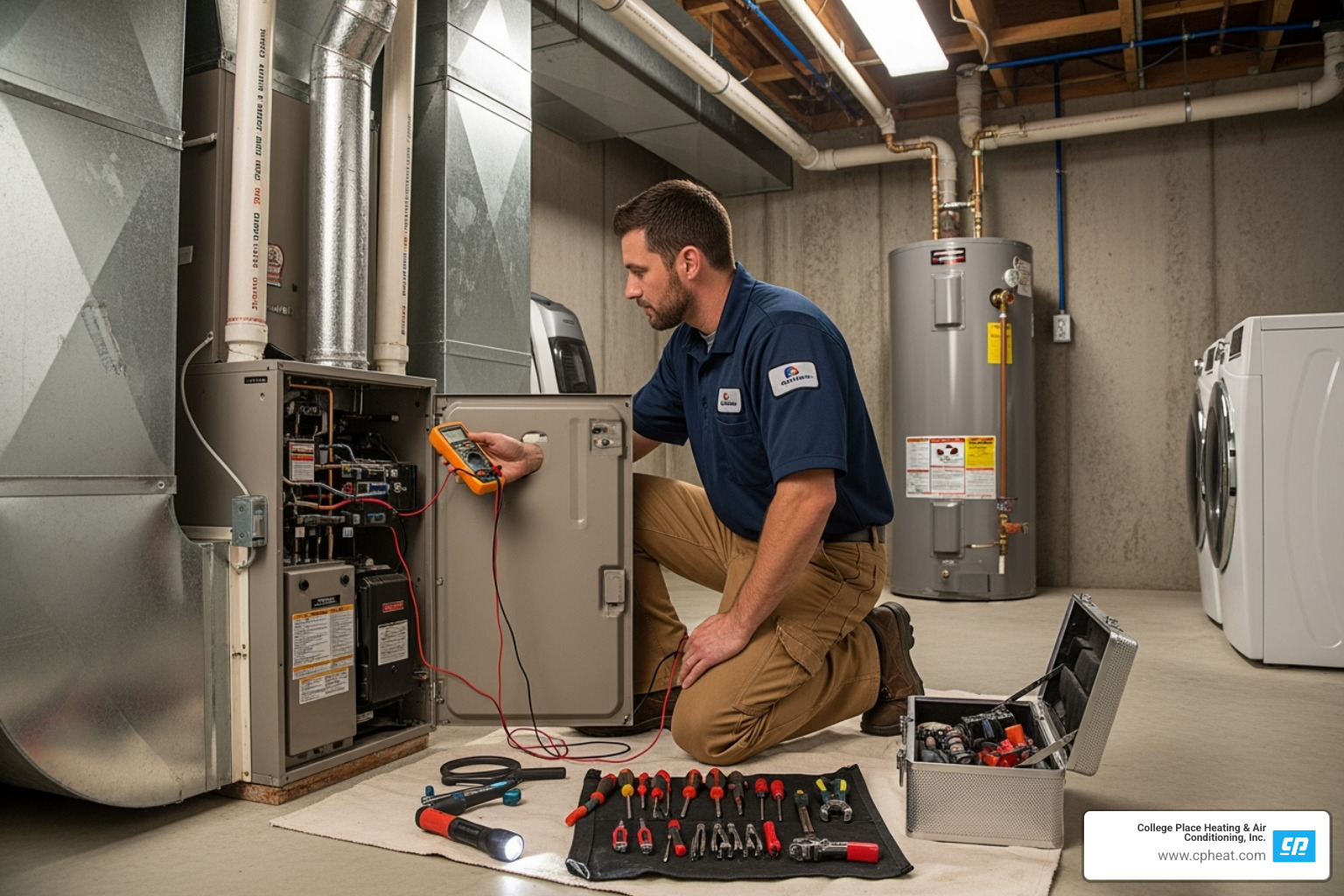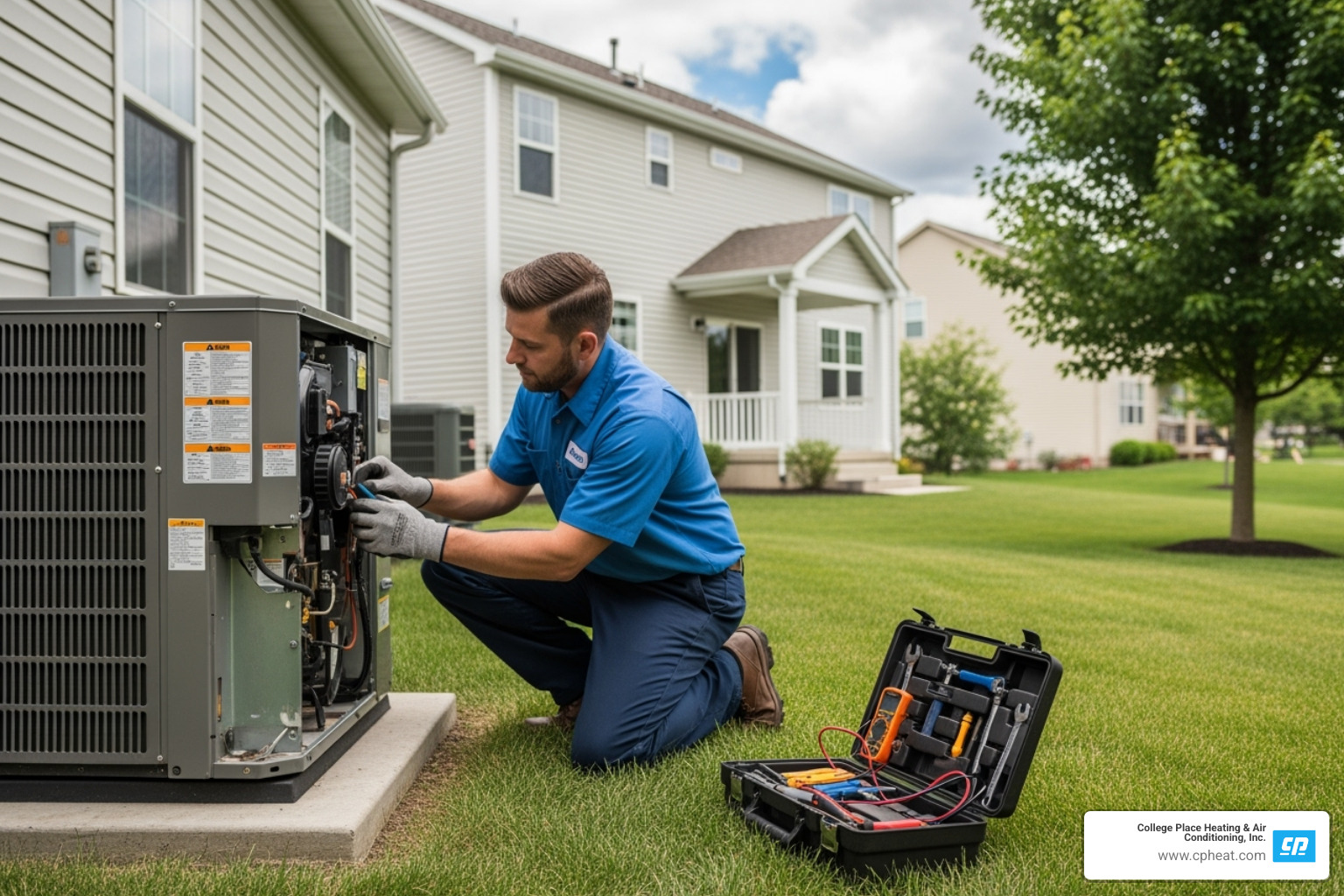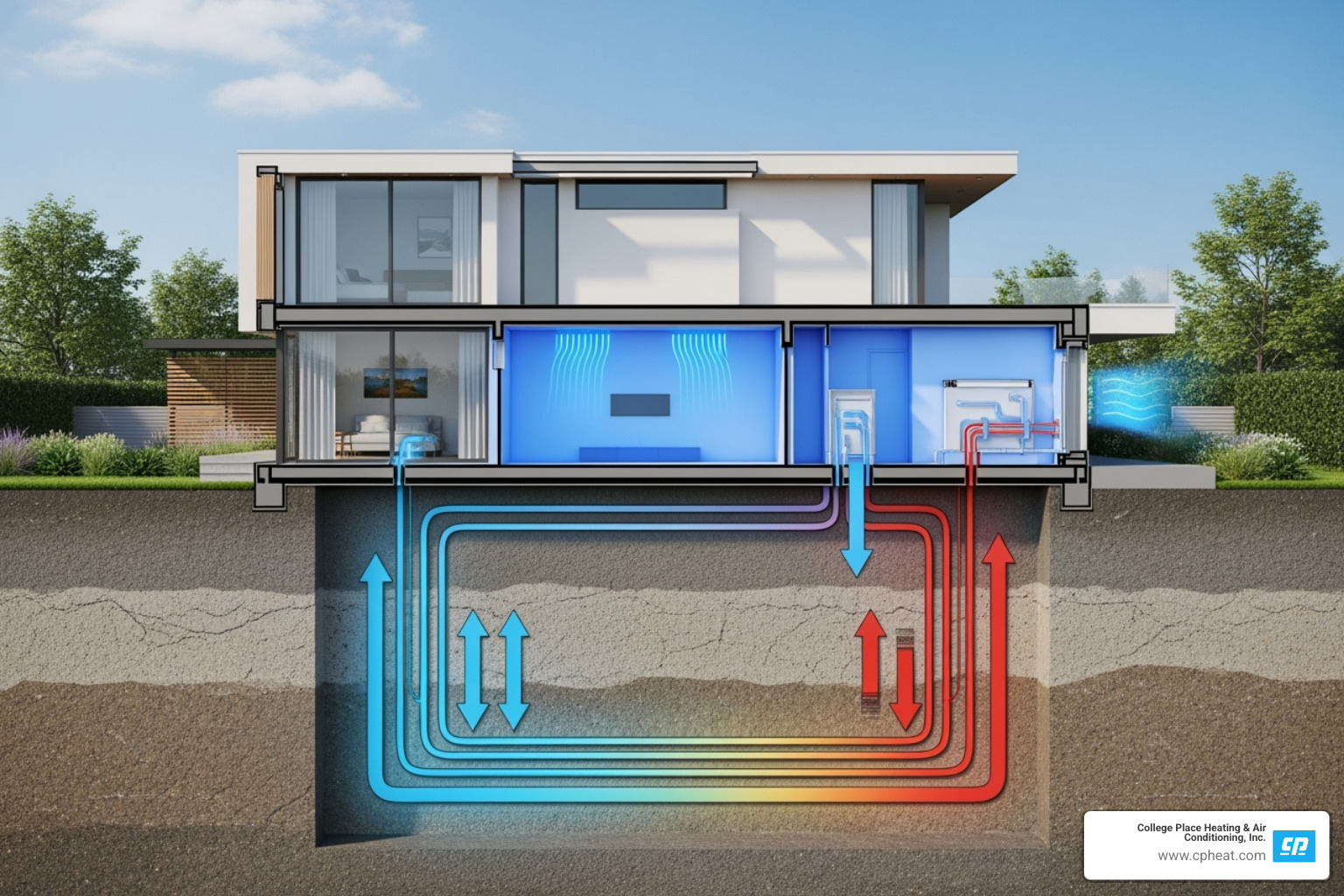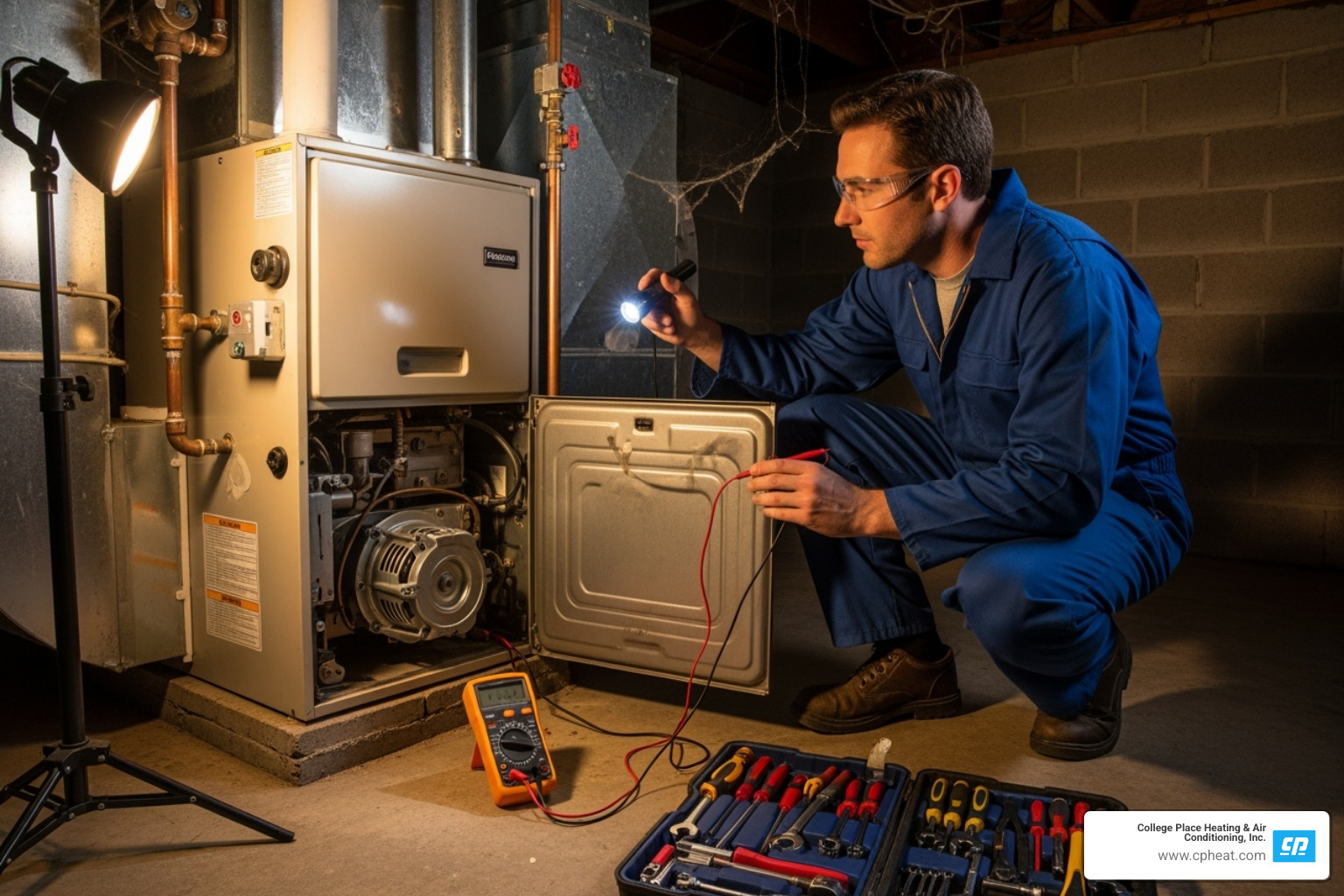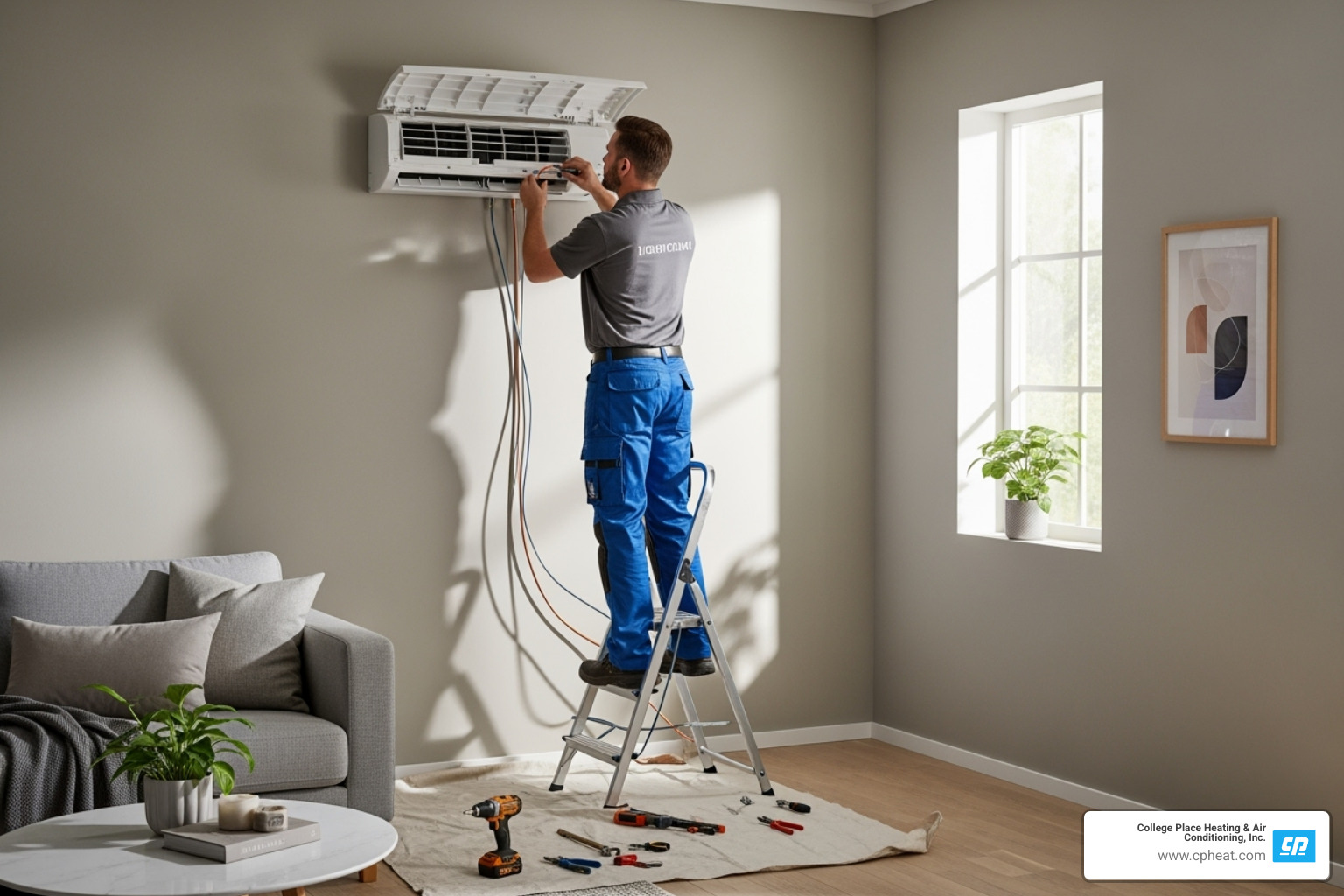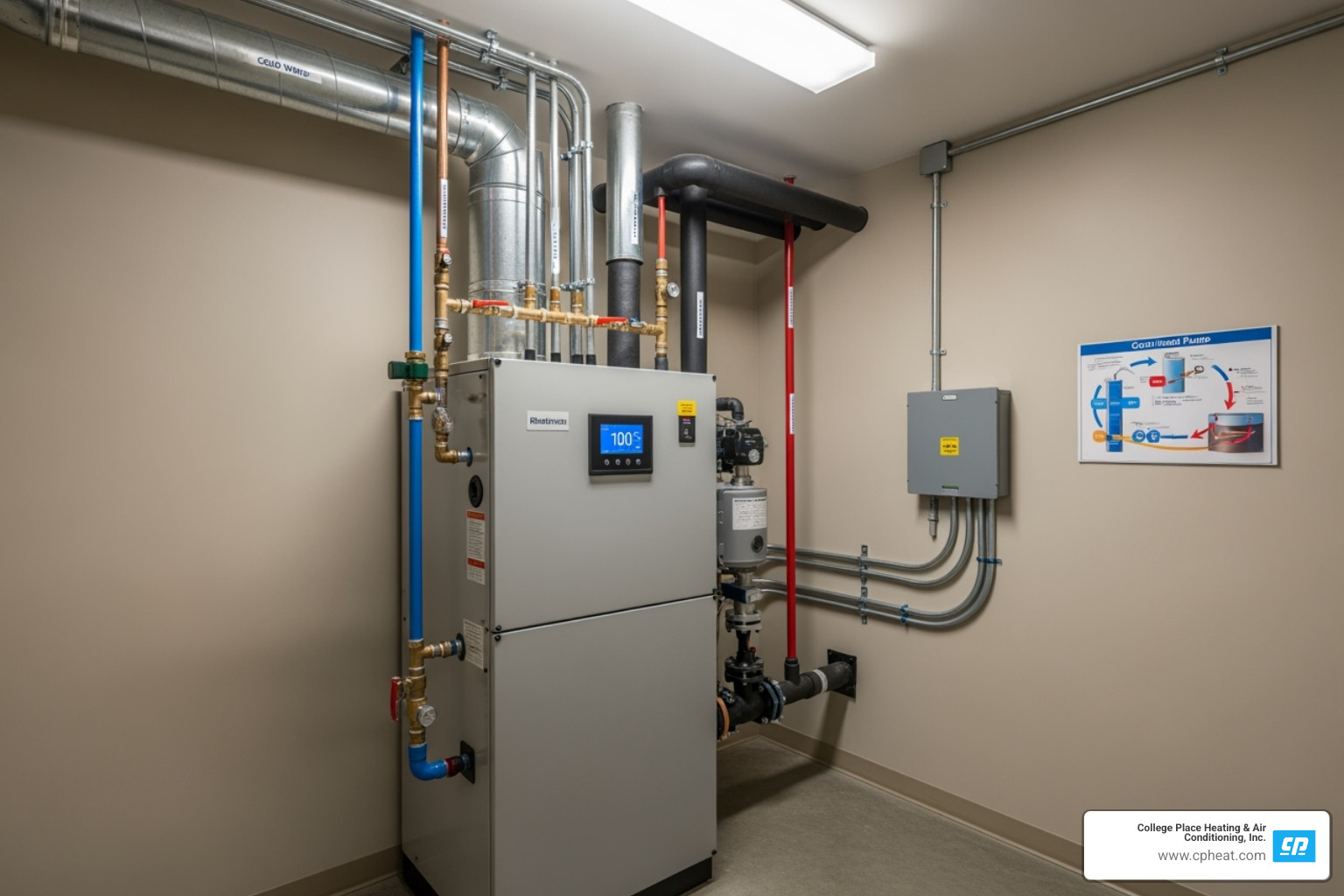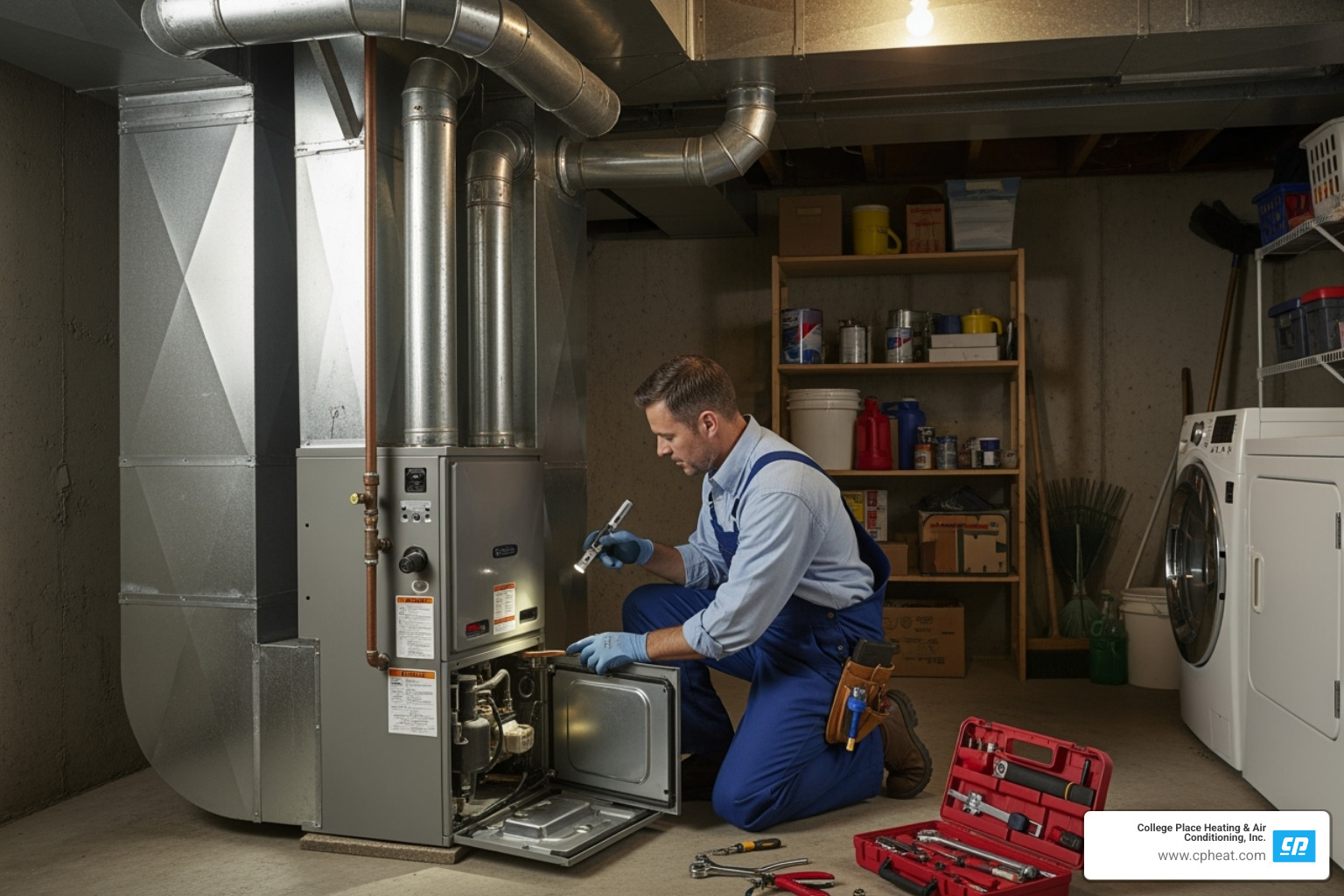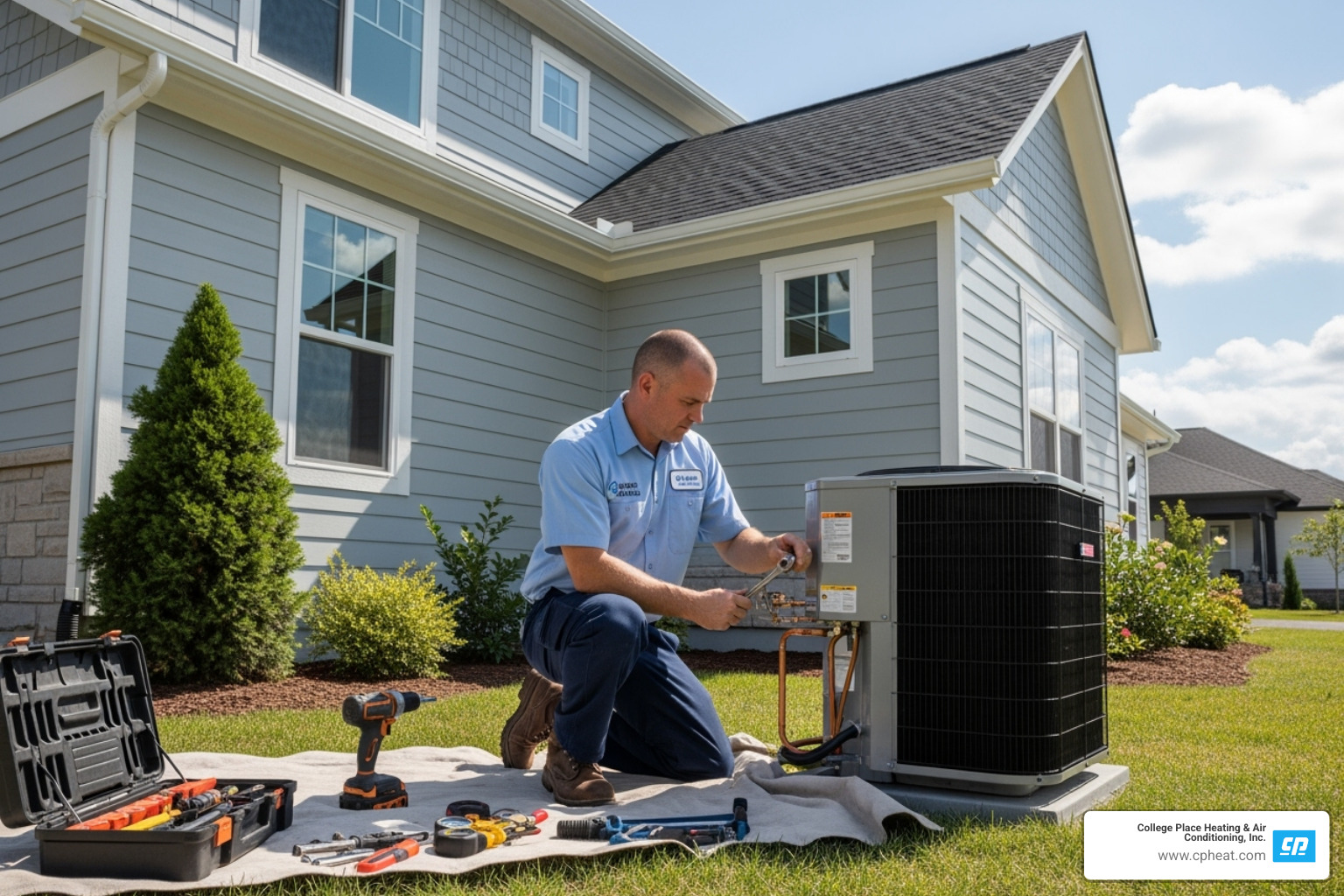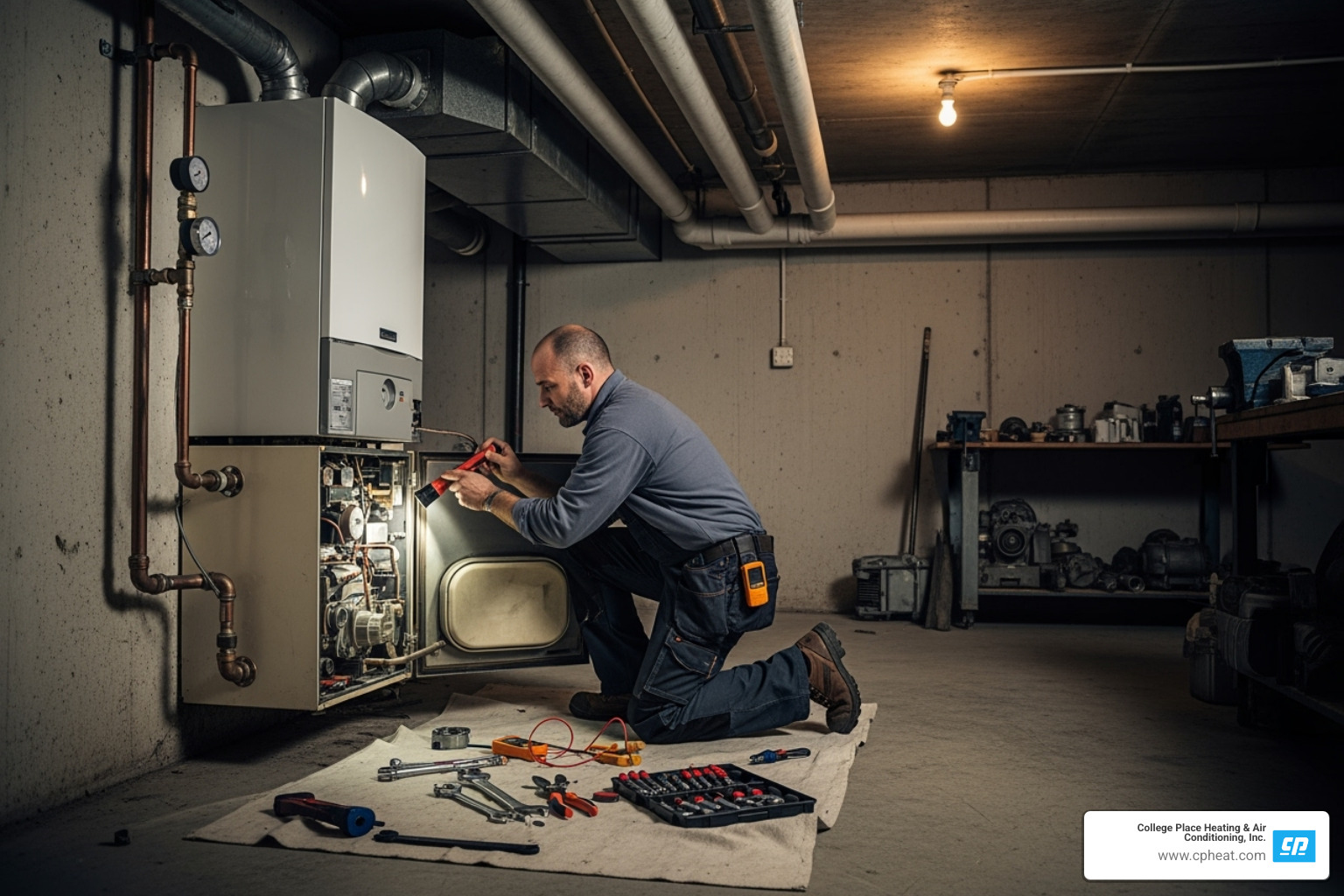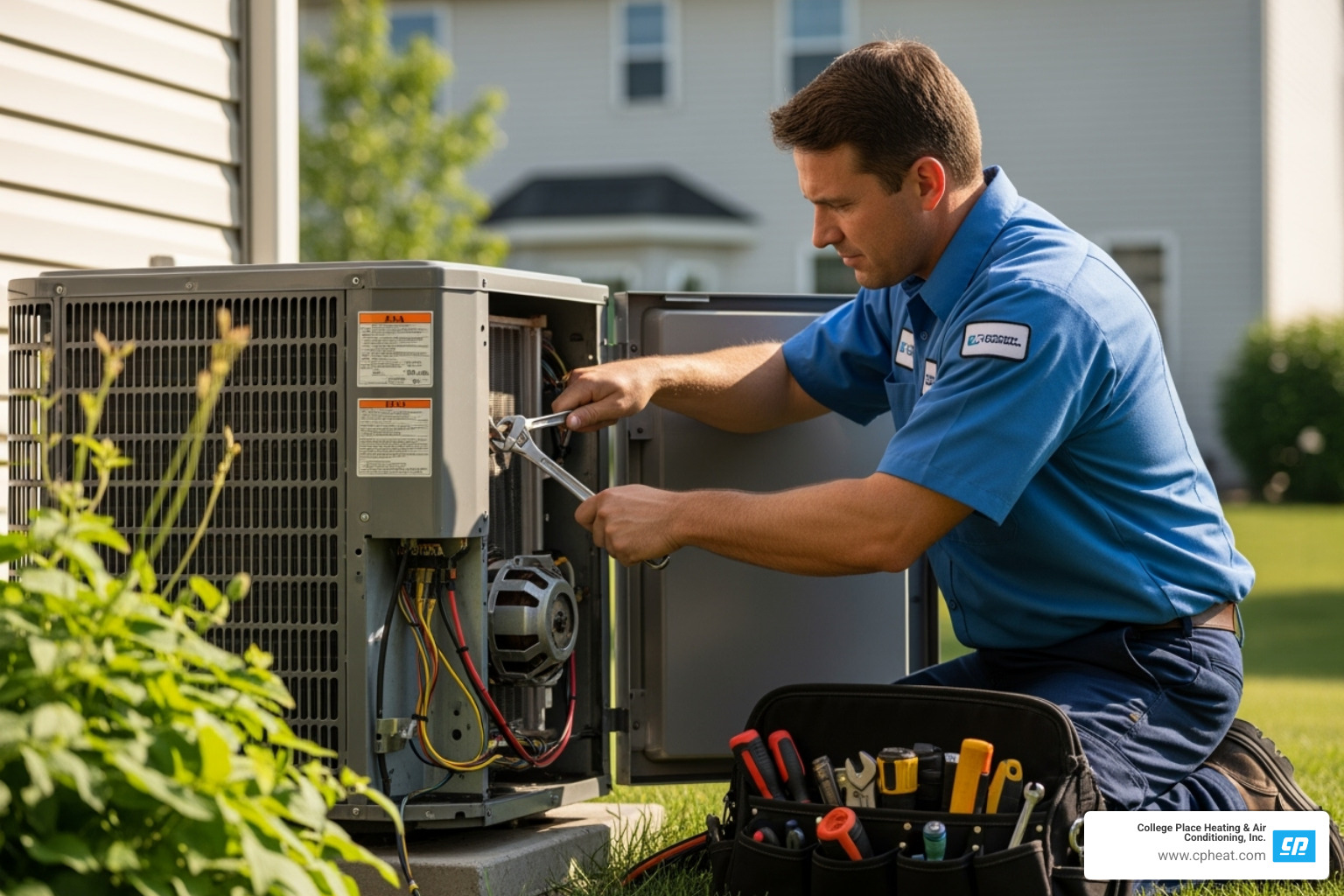Why GFCI Outlet Troubleshooting Matters for Your Home Safety
GFCI outlet troubleshooting is an essential skill for every homeowner in the Walla Walla Valley. When your Ground Fault Circuit Interrupter (GFCI) outlet trips or won’t reset, it’s trying to protect you from electrical shock—but it can also leave you without power in critical areas of your home.
Quick GFCI Troubleshooting Guide:
- To Reset a Tripped GFCI: Press the RESET button firmly until you hear a click
- If It Keeps Tripping: Unplug all devices and reset; plug items back one at a time to find the problem appliance
- If It Won’t Reset: Check your circuit breaker first, then look for moisture around the outlet
- If Still No Power: The outlet may need replacement—call a professional
Those small TEST and RESET buttons on outlets in your bathroom, kitchen, garage, and outdoor areas are more than just decorative features. GFCI outlets detect electrical current imbalances as small as 5 milliamps and shut off power almost instantly to prevent deadly shocks.
Since GFCIs became required by electrical codes in the 1970s, rates of accidental electrical injury have fallen dramatically. These outlets are your first line of defense against electrocution, especially in wet areas where water and electricity might meet.
Most GFCI problems fall into three categories: the outlet keeps tripping, it won’t reset, or it’s not working at all. The good news? Many issues have simple solutions you can try yourself before calling an electrician.
Understanding Your GFCI Outlet: The Basics
If you’ve ever wondered about those outlets with the little buttons in your bathroom or kitchen, you’re about to become friends with one of the most important safety devices in your home. A Ground Fault Circuit Interrupter (GFCI) outlet might look like a regular receptacle with a couple of extra buttons, but it’s actually a sophisticated guardian watching over your electrical safety every second of every day.
Here’s how this remarkable device works: a GFCI outlet continuously monitors the electrical current flowing through it, comparing the electricity going out with the electricity coming back. Think of it like counting people entering and leaving a building—if someone goes missing, you know something’s wrong.
When the GFCI detects even the tiniest imbalance—as little as 5 milliamps—it slams on the brakes and cuts the power in a fraction of a second. This sensitivity is crucial because that small imbalance, called a ground fault, means electricity is taking an unintended path. Maybe your hair dryer just fell into a sink full of water, or a faulty appliance has internal wiring problems. Either way, the GFCI detects this dangerous situation and shuts everything down before you can get hurt.
The history of GFCI requirements tells a powerful story about electrical safety. The National Electrical Code (NEC) first required GFCI protection for outdoor receptacles in 1973, then expanded to bathrooms in 1975, garages in 1978, and gradually to other wet locations throughout our homes. Each new requirement came from real-world experience showing where people were most at risk. You can read more about this evolution in a brief history of GFCI requirements and see just how much these devices have changed home safety.
One clever feature many people don’t realize: a single GFCI outlet can protect multiple downstream outlets on the same circuit. When electricians wire a GFCI properly, they connect additional standard outlets to its “Load” terminals, extending protection throughout an entire area of your home. This is why resetting one GFCI might restore power to several outlets at once—a key concept for effective GFCI outlet troubleshooting.
Why GFCI Outlets are Essential for Home Safety
The numbers don’t lie: since GFCIs became widespread in the 1970s, electrical injuries and deaths in homes have dropped dramatically. These aren’t just convenient gadgets—they’re lifesavers that have prevented countless tragedies over the past five decades.
Building codes in the Walla Walla Valley and across the country now mandate GFCI protection in specific areas for good reason. These outlets provide protection against deadly shocks by responding faster than your nervous system can even register danger. While a standard circuit breaker trips at 15 or 20 amps—enough current to cause serious harm—a GFCI trips at just 5 milliamps, well below the threshold that causes muscle paralysis or heart rhythm problems.
For homeowners, this safety feature offers something invaluable: peace of mind. You can use your coffee maker near the kitchen sink, plug in your electric razor in the bathroom, or run power tools in the garage without constantly worrying about the “what ifs.” The GFCI is always watching, always ready to protect you and your family.
Common Locations for GFCI Outlets
Walk through your home and you’ll find GFCI outlets in very specific spots—and if you don’t, you should. The National Electrical Code has identified the areas where electrical accidents are most likely to happen, and that’s where these protective outlets belong.
Bathrooms are the most obvious location. Between sinks, showers, tubs, and the occasional dropped hair dryer, water and electricity have plenty of chances to meet. Kitchen countertops come next, especially within six feet of the sink where you’re preparing food, washing dishes, and using small appliances with wet hands.
Your garage and any accessory buildings need GFCI protection too. These spaces often have concrete floors (which conduct electricity well), moisture from vehicles or weather, and power-hungry tools that could develop faults. The same logic applies to unfinished basements and crawl spaces—both tend to be damp environments where you’re more likely to be in contact with grounded surfaces.
Outdoor receptacles face rain, snow, sprinklers, and morning dew, making GFCI protection absolutely essential. Laundry areas with their combination of water, metal appliances, and concrete floors also require this protection. Finally, any outlets near wet bar sinks need GFCI protection for the same reasons as kitchen sinks.
If you’re doing a walkthrough and notice any of these areas lack those distinctive TEST and RESET buttons, it’s worth having a professional electrician take a look. Meeting current electrical codes isn’t just about compliance—it’s about keeping everyone in your home safe.
Step-by-Step GFCI Outlet Troubleshooting
When a GFCI outlet stops working, it can throw a wrench in your daily routine—especially if it’s the outlet powering your morning coffee maker or bathroom hairdryer! The good news is that GFCI outlet troubleshooting is often straightforward, and many issues have simple solutions you can handle yourself.
Before we get our hands dirty (well, not literally—we’ll keep them dry!), let’s talk safety. Electricity doesn’t forgive mistakes, so taking proper precautions isn’t optional.
Always turn off power at your circuit breaker before you start poking around any outlet’s internal wiring. This is your most important safety step. Even after flipping the breaker, grab a non-contact voltage tester and double-check that the power is truly off. These handy little tools are inexpensive and could save your life.
Keep your hands completely dry, and never stand in water or on a damp surface when working with electrical outlets. It sounds obvious, but it’s worth repeating.
Sometimes what looks like a GFCI problem is actually something else entirely—loose connections, damaged wires, moisture buildup, or a faulty appliance can all cause similar symptoms. If you encounter any of these issues or feel uncomfortable with any step, our team at College Place Heating & Air Conditioning, Inc. provides expert Electrical Wiring Repair in Walla Walla, WA and throughout the valley. We’ve been keeping homes safe since 1949, and we’re always here to help.
How to Test and Reset a GFCI Outlet
Let’s start with the basics. Testing and resetting your GFCI outlet is the first step in any troubleshooting process, and it’s something every homeowner should know how to do.
Start by unplugging everything from the GFCI outlet and any other outlets on the same circuit. This clears the slate and helps you isolate the problem.
Now take a look at your GFCI outlet. You’ll see two buttons—usually a “TEST” button (often black or white) and a “RESET” button (typically red). These are your main troubleshooting tools.
Here’s the simple test procedure: Plug a small lamp or appliance into the outlet and turn it on. Press the “TEST” button firmly. If everything’s working correctly, you should hear an audible click sound, the lamp should immediately shut off, and the “RESET” button should pop out. This means your GFCI is functioning properly and can detect ground faults.
To restore power, simply press the “RESET” button firmly until you hear it click back into place. The lamp should turn back on, and you’re good to go.
What if the test fails? If pressing “TEST” doesn’t turn off your lamp or the “RESET” button doesn’t pop out, your GFCI outlet isn’t working correctly. This is a safety issue that needs attention—either the outlet has failed or there’s a wiring problem.
What to Do When Your GFCI Outlet Keeps Tripping
Here’s where GFCI outlet troubleshooting gets a bit more detective-like. If your GFCI keeps tripping repeatedly, it’s actually trying to tell you something important. It’s not broken—it’s doing exactly what it’s designed to do by detecting a problem and protecting you from electrical shock.
The trick is identifying the cause. Think of it like solving a puzzle, and let’s work through the possibilities systematically.
An overloaded circuit is one of the most common culprits. Maybe you’re running your toaster, coffee maker, and microwave all at once in the kitchen. Or perhaps you’ve got a hairdryer, curling iron, and space heater going simultaneously in the bathroom. These high-power devices can draw too much current, causing the GFCI to trip.
Start by unplugging all devices from the GFCI outlet and any other outlets it protects. Try resetting the GFCI. If it resets successfully, you’re on the right track. Now comes the isolation process—plug your appliances back in one at a time, waiting a moment after each one. When the GFCI trips, you’ve found your problematic appliance or confirmed you’re simply asking too much of that circuit.
A faulty appliance might be the troublemaker. If a specific device causes the trip every time you plug it in, that appliance likely has an internal ground fault or short circuit. Try plugging it into a different GFCI outlet elsewhere in your home. If it trips that one too, the appliance needs repair or replacement. Don’t keep using it—it’s a safety hazard.
Moisture issues are another frequent cause, especially in bathrooms, kitchens, and outdoor locations. Water and electricity are a dangerous combination, and GFCIs are particularly sensitive to moisture. Check around the outlet for any signs of water exposure—maybe there was a spill, condensation from a hot shower, or rain getting into an outdoor receptacle.
If you find moisture, let the area dry completely before attempting to reset the GFCI. Sometimes you can speed this along carefully with a hairdryer (ironic, we know) held at a safe distance. If water has gotten inside the outlet box itself, the GFCI won’t reset until it’s thoroughly dried out.
Less commonly, bad wiring or loose connections can cause intermittent tripping. If you’ve ruled out everything else and the GFCI still keeps tripping, there might be a wiring issue that requires professional attention.
Advanced GFCI Outlet Troubleshooting: When It Won’t Reset
A GFCI that refuses to reset is sending a different message than one that keeps tripping. This situation typically means there’s no power reaching the outlet, there’s an internal failure, or there’s a serious wiring problem.
Let’s walk through the advanced troubleshooting steps.
First, check your circuit breaker. This might seem too simple, but it’s often the answer. Head to your electrical panel and find the breaker that controls the GFCI outlet. Look for one that’s tripped—it’ll be in a middle position between ON and OFF, or all the way OFF. Firmly switch it completely OFF first, then back ON. If your home uses an older fuse box instead of breakers, check whether the fuse for that circuit has blown and needs replacing with one of the same amperage.
Many newer GFCI outlets are designed so they won’t reset if they’re not receiving power. It’s a safety feature that prevents you from thinking the outlet is protected when it’s actually not.
If your breakers are tripping frequently, or if your electrical panel is old and outdated, it might be time to consider an upgrade. Check out our guide on Electric Panel Upgrade: Key Signs to see if your home could benefit from a modern electrical panel.
Moisture strikes again. Even if you didn’t spot obvious water earlier, subtle humidity or condensation can prevent a GFCI from resetting. This is especially true for outlets in steamy bathrooms or outdoor receptacles exposed to weather. Try drying the outlet thoroughly with a hairdryer and give it time to air out completely. Sometimes patience is the best tool in your troubleshooting kit.
The GFCI itself may have failed. Like any electrical device, GFCI outlets don’t last forever. They can wear out over time, succumb to power surges, or simply reach the end of their lifespan (typically 10-15 years). If you’ve checked the breaker, dried out any moisture, and the outlet still won’t reset, the internal components have likely failed. When this happens, the outlet needs replacement.
Suspect bad wiring if nothing else makes sense. Loose connections inside the outlet box, damaged wires, or improper installation can all prevent a GFCI from resetting. One common installation mistake is reversing the “Line” and “Load” terminals—connecting the incoming power to the wrong set of wires. If you’ve just had a GFCI installed and it’s never worked properly, incorrect wiring is a strong possibility.
Wiring issues aren’t something to tackle yourself unless you have electrical experience. When in doubt, call a professional. A GFCI that won’t reset means you’re living without that critical shock protection, and that’s not a situation to leave unresolved.
When to Replace a GFCI and Call a Professional
There comes a point in every homeowner’s GFCI outlet troubleshooting journey when you’ve tried everything—checked the breaker, unplugged all the appliances, dried out the outlet, said a little prayer—and that stubborn GFCI still won’t cooperate. That’s when it’s time to admit that your outlet might be at the end of its useful life.
So how do you know when your GFCI outlet has given up the ghost? If the outlet fails the monthly test—meaning the “TEST” button doesn’t trip it or the “RESET” button doesn’t pop out—your GFCI is no longer protecting you from electrical shock. That’s a serious safety issue that needs immediate attention.
Similarly, if the outlet won’t reset after you’ve completed all your troubleshooting steps, you’re likely dealing with an internal failure of the GFCI mechanism itself. These devices contain sensitive circuitry that can wear out or malfunction over time. When that happens, no amount of button-pressing or patient waiting will bring them back to life.
Visible damage is always a red flag. Any cracks in the outlet face, discoloration around the buttons, burn marks, or—especially concerning—a burning smell means you should stop using that outlet immediately and have it replaced. These are signs of serious electrical problems that could lead to fire or shock hazards.
Even if your GFCI appears to be working fine, age matters. Most GFCI outlets have a lifespan of about 10 to 15 years. If you’ve been in your home for a while and can’t remember when the outlets were last replaced, especially in high-use areas like bathrooms and kitchens, they may simply be worn out. Older outlets are more prone to internal failures and may not provide reliable protection anymore.
Now, here’s where we need to have an honest conversation. While some handy homeowners are comfortable replacing outlets themselves, working with electricity isn’t like fixing a leaky faucet. The safety risks of DIY electrical work are real. Improper installation can create fire hazards, increase the risk of electrical shock, or leave your home out of compliance with local electrical codes. If you’re not absolutely certain about what you’re doing, or if you encounter anything unexpected when you open up that outlet box, it’s time to call in an expert.
Our team at College Place Heating & Air Conditioning, Inc. has been serving the Walla Walla Valley since 1949, and we’ve seen just about every electrical issue imaginable. We provide professional Electrical Installation in College Place, WA, Walla Walla, and throughout the surrounding areas. When you call us, you’re getting licensed electricians who know the local codes inside and out, have the right tools for the job, and can spot potential problems that might not be obvious to the untrained eye. We’ll make sure your new GFCI outlets are installed correctly and safely, giving you the peace of mind that comes from knowing your family is protected.
Knowing your limits isn’t a weakness—it’s smart homeownership. For complex electrical problems or when safety is on the line, professional help ensures both your immediate safety and the long-term reliability of your home’s electrical system.
Frequently Asked Questions about GFCI Problems
We hear a lot of great questions from homeowners in the Walla Walla Valley about their GFCI outlets. After years of helping families with electrical issues, we’ve noticed that a few questions come up again and again. Let’s tackle some of the most common puzzles we encounter during GFCI outlet troubleshooting:
Why does my GFCI outlet trip with nothing plugged in?
This one really throws people for a loop! You walk into your bathroom, and the GFCI has tripped overnight—but nothing was even plugged in. What gives?
The most common culprit is an internal fault within the GFCI itself. Just like your favorite kitchen appliance, GFCI outlets don’t last forever. They can wear out over time or take a hit from power surges. When the internal components start failing, the outlet might trip on its own, even without any load connected to it.
Sometimes, the problem isn’t the outlet itself but bad wiring or loose connections somewhere in the circuit. These can create tiny ground faults that the sensitive GFCI detects, even when nothing’s plugged in. Think of it as the GFCI being overly cautious—which is actually a good thing when it comes to electrical safety.
Power surges from the grid can also trigger spontaneous tripping. A lightning strike in the area or fluctuations in the utility power supply might jolt your GFCI into protective mode. Additionally, newer GFCI outlets have a self-testing feature that continuously checks their own functionality. While rare, a malfunction in this self-test mechanism could cause an unexpected trip.
If your GFCI keeps tripping with nothing plugged in, it’s probably time for a replacement or a professional inspection to check for wiring issues.
Can one tripped GFCI make other outlets stop working?
Yes—and this is one of the biggest “aha!” moments we see with homeowners! This happens all the time, and understanding it can save you a lot of head-scratching.
Here’s how it works: GFCI outlets have two sets of terminals—Line and Load. The Line terminals bring power into the GFCI from your electrical panel. The Load terminals send power out to other outlets “downstream” on the same circuit. This design means one GFCI can protect multiple standard outlets, which is a smart and cost-effective safety feature.
When that main or “master” GFCI trips, it cuts power to everything connected through its Load terminals. So you might be standing in your kitchen wondering why the outlets stopped working, only to find the solution is resetting a GFCI in your garage or basement.
To find the master GFCI, check all the GFCI locations throughout your home. Look in bathrooms, kitchens, garages, unfinished basements, and outdoor areas. You’re searching for the one with the RESET button popped out. Once you reset it, all those mysterious dead outlets should spring back to life.
This downstream protection is actually quite brilliant—it extends safety throughout your home without requiring a GFCI at every single outlet in wet or hazardous areas.
How often should I test my GFCI outlets?
We recommend testing your GFCI outlets at least once a month. Think of it like checking your smoke detector—it’s a simple task that takes just a few seconds but could make all the difference in an emergency.
Monthly testing ensures the internal safety mechanism is working properly. All you need to do is press that TEST button, confirm the outlet trips, then press RESET to restore power. Easy as that!
Beyond your regular monthly checks, it’s also wise to test your GFCIs after electrical storms and after power outages. These events can stress the delicate internal components of a GFCI, and a quick test confirms everything’s still functioning as it should.
Regular testing is one of those small habits that provides big peace of mind. You’re ensuring that these silent guardians are ready to protect your family the moment they’re needed. If a GFCI ever fails the test—meaning it doesn’t trip when you press TEST, or won’t reset afterward—that’s your signal to replace it or call in a professional for help.
Your Partner in Home Electrical Safety
Think of your GFCI outlets as quiet guardians standing watch in every corner of your home where water and electricity might cross paths. They’re truly vital safety components, and we hope this guide has given you confidence in understanding how they work and how to tackle basic GFCI outlet troubleshooting when things go wrong.
The truth is, many GFCI problems have straightforward solutions. A simple reset, identifying a faulty appliance, or drying out a damp outlet can often get things working again. When you can solve these issues yourself, it saves you time, money, and gives you that satisfying feeling of knowing your home a little better.
But here’s the thing—and this is important—electricity deserves respect. There’s absolutely no shame in knowing when a problem is beyond your comfort level or expertise. If you’ve worked through our troubleshooting steps and your GFCI still won’t cooperate, or if you notice any signs of damaged wiring, burn marks, or you simply feel uncertain about what to do next, it’s time to call in the professionals.
For complex electrical problems, persistent tripping that you can’t resolve, or any situation where you’re not completely comfortable working around electricity, professional help ensures both safety and compliance with local codes. That’s where we come in. At College Place Heating & Air Conditioning, Inc., we’ve been serving families in the Walla Walla Valley since 1949, and our experienced electricians have seen just about every GFCI challenge imaginable.
Whether you need help with stubborn GFCI outlets, comprehensive wiring repairs, panel upgrades, or any other electrical concern, our team provides expert Electrical Services throughout College Place, Walla Walla, Milton Freewater, and Dayton. We’re not just here to fix problems—we’re here to keep your home safe and give you genuine peace of mind.
Don’t hesitate to reach out when you need us. Your family’s safety is worth that phone call, and we’re always ready to help our neighbors in the valley with friendly, reliable service you can trust.


